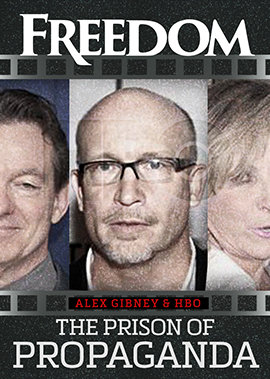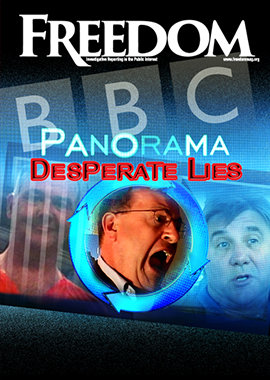But the profit party may be coming to an end. In July, thanks to the efforts of human rights advocates and the nonprofit mental health watchdog Citizens Commission on Human Rights (CCHR), the House Appropriations Committee eliminated a loophole that would have allowed punitive electroshock for behavior control.
“How many times do you have to zap a child before it’s torture?”
According to a CCHR report, the loophole was quietly wormed into an enormous budget bill, and would have handcuffed the Food and Drug Administration from banning a device that “modifies behavior” through prescription torture.
Yes, torture. For torture, no matter the latest euphemism for it, is torture.
It’s torture, according to Juan Mendez, a United Nations Special Rapporteur on Torture who, advocating for the end of ECT, said, “The passage of electricity through anybody’s body is clearly associated with pain and suffering.”
It’s torture, according to New Zealand Judge Denese Henare, who ruled in favor of a victim of burn injuries, a brain injury and cognitive impairment caused by “ECT torture.”
It’s torture, according to a Mother Jones report on the so-called “School of Shock,” the Judge Rotenberg Center in Canton, Massachusetts, where eight states were sending autistic or emotionally troubled kids to the facility “that punishes them with painful electric shocks,” to the tune of $220,000 per student, per year.
“How many times do you have to zap a child before it’s torture?” Mother Jones asked.
Everyone, it appears, agrees that the use of violent electric shocks isn’t therapy but torture.
Everyone, that is, except the torturers.
Most of us, thankfully, have only seen torture in movies. But with ECT, there is no last-minute rescue by the brave hero, no suspense-inducing soundtrack, no spontaneous cheers from the audience.
Just a victim who, according to the torturers in the white coats, is now “cured.”
Cured of what, we are not sure—the hope of recovery? Cured of hope itself? Cured of having human rights?
Possibly the psychiatrists can enlighten us—if they’re not too busy making that bank deposit.
Although they may have more time on their hands very soon. According to an August 11 article, ECT champion Harold Sackeim describes himself as “the villain” in a documentary exposing his for-profit torture scheme—and added that those exposing it are “going to be successful at killing an industry.”






















